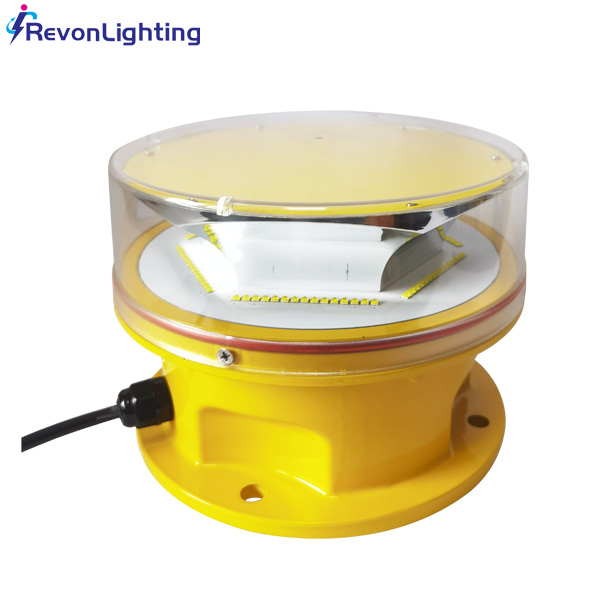As air traffic continues to increase, ensuring the safety of airspace has become more vital than ever. One essential component in this effort is the installation of high-quality aviation lamps for tower safety. These lights are specifically designed to warn pilots about tall structures such as communication towers, cranes, and skyscrapers that pose a threat to their aircraft.
Aviation lamps are installed on top of these structures, emitting a steady or flashing light that can be seen from miles away. They are required by national and international aviation regulations like the International Civil Aviation Organization (ICAO) and regulated by the Federal Aviation Administration (FAA) in the United States. Different types of lights may be required depending on the height and location of the structure, such as red lights for nighttime visibility or white lights during the day.
The importance of aviation lamps for tower safety cannot be overstated. These lights play a crucial role in preventing accidents and protecting lives. By warning pilots of the presence of tall structures, they help avoid collisions that could result in catastrophic damage to both aircraft and property. Moreover, these lights are an essential aid for emergency responders who need them for navigation during rescue missions.

Proper installation and maintenance of aviation lamps are necessary to ensure their functionality and effectiveness. Regular inspections should be conducted to identify any issues and replace faulty components like bulbs or wiring. The use of cutting-edge technology, such as LED lighting, can also improve the efficiency and lifespan of aviation lamps while reducing maintenance costs.
In conclusion, aviation lamps for tower safety are a critical element in ensuring safe and efficient air travel. Regulations mandate their use, but their importance goes beyond compliance. As air traffic continues to grow, it is essential to prioritize the proper installation and maintenance of these lights to enhance airspace safety and protect people's lives.